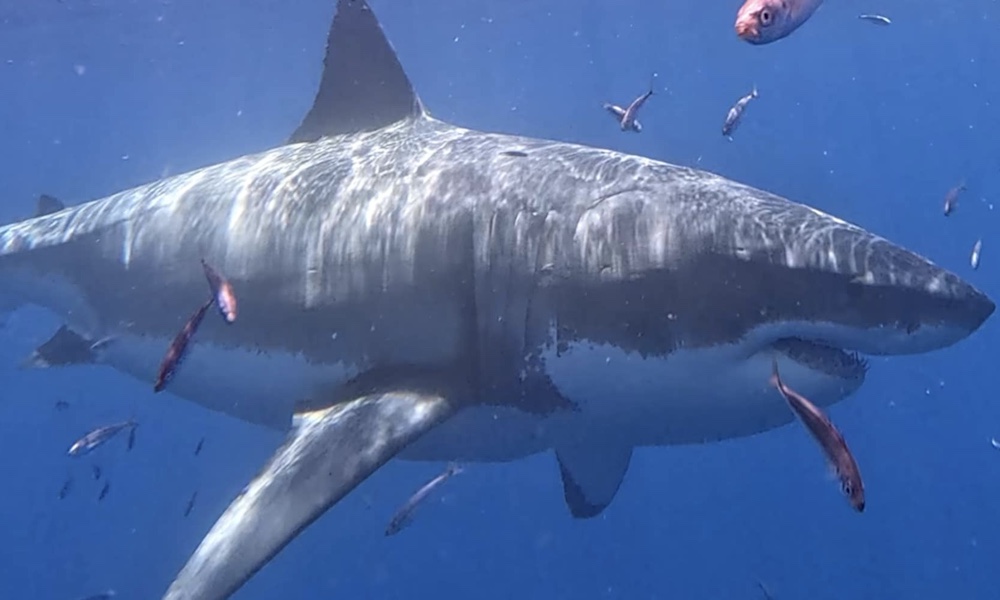What needs to happen in order for the Los Angeles Chargers to have a successful season?
After a 12-4 season and a trip to the playoffs in 2018, the Chargers followed that up with a dud of a year in 2019, finishing 5-11 and last place in the AFC West.
There were a few reasons for their decline, and they’re hoping that 2020 will result in a different outcome. The first steps of that included bolstering the roster with a few veterans and rookies who should contribute.
With that being said, here are four factors that could make or break Los Angeles this upcoming season:
Quarterback play
The Philip Rivers era is officially over. Taking over is Tyrod Taylor and Justin Herbert. The Chargers benefited from Rivers’ experience and familiarity with the offense, along with a keen sense for the game and a unique skillset as a passer. Taylor and Herbert don’t possess many of those traits. While there are a slew of play-makers to spread the wealth to, there’s no guarantee that they will flourish. While Taylor and Herbert have the athleticism to beat defenses with their legs, there are still questions surrounding their abilities as passers. Even though he doesn’t throw a lot of interceptions, Taylor struggles with accuracy and seeing the middle of the field well, which is where tight end Hunter Henry and wide receiver Keenan Allen shine. For Herbert, he still needs time to develop his eye discipline, progressions and overall feel for the NFL before being taking the reins.
Offensive line
This has been an area where the Chargers have struggled for years, finishing near the bottom in pass protection efficiency. However, the team is hopeful that the group could become a strength with the acquisitions of tackle Bryan Bulaga, guard Trai Turner, the return of center Mike Pouncey and hiring of offensive line coach James Campen. While the necessary moves were made, the left side of the lines remains a slight concern on paper as the left tackle spot was not upgraded. Instead, Sam Tevi, Trey Pipkins, Storm Norton and Forrest Lamp will be in competition for the job. This isn’t to say it’s a bad thing because Campen has a knack for developing offensive linemen and the deficiencies could be masked with a more mobile quarterback, but it’s a boom or bust situation. In a league where pass-rushers are becoming more and more elite, efficient offensive line play is a necessity.
Lack of pressure
The Chargers ranked No. 6 in total defense, but they finished second-worst in takeaways with a -17 turnover differential. A big reason why Los Angeles was unable to produce more turnovers was because of the lack of pressure on opposing quarterbacks. L.A. finished 26th in quarterback pressures with 125. The number doesn’t come as a surprise as the unit blitzed only 75 times, which ranked last in the league. It’s a bit of surprise when you have a handful of players that should be used more in that role, but Bradley’s scheme from previous seasons, a Cover 3 system that involves a lot of zone coverage, forced them to play conservative and not allowing many opportunities to attack downhill. To ensure they’re getting more quarterback pressures moving forward, Bradley is going to start incorporating more man coverage. The reason why this is so critical is because the Bolts had a lot of close games where they were unable to stop their opponents on final drives due to conservative play, and lack of heat on the quarterback.
Injuries
Many analysts had the Chargers pegged as Super Bowl contenders prior to the 2019 seasons as they were coming off the outstanding 2018 year. Equipped with one of the best rosters from top to bottom heading into training camp, it started to take a downward spiral after they lost Russell Okung and Derwin James, both before Week 1. The injury bug stayed around throughout the season as notables like Hunter Henry, Adrian Phillips, Mike Pouncey, Nasir Adderley, Dontrelle Inman, Forrest Lamp, among others were forced to miss significant playing time. In total, 14 players were placed on the injured reserve. It became clear that they couldn’t overcome their losses. When they started to get key players back, it was way too late. Going into 2020, the Bolts are in a similar position. They have a talented roster, one that includes new faces like Chris Harris Jr., Bryan Bulaga, Linval Joseph, Trai Turner and draftees Justin Herbert, Kenneth Murray, Joshua Kelley, Joe Reed and K.J. Hill. But it comes down to player availability that could determine the outcome of their season.









